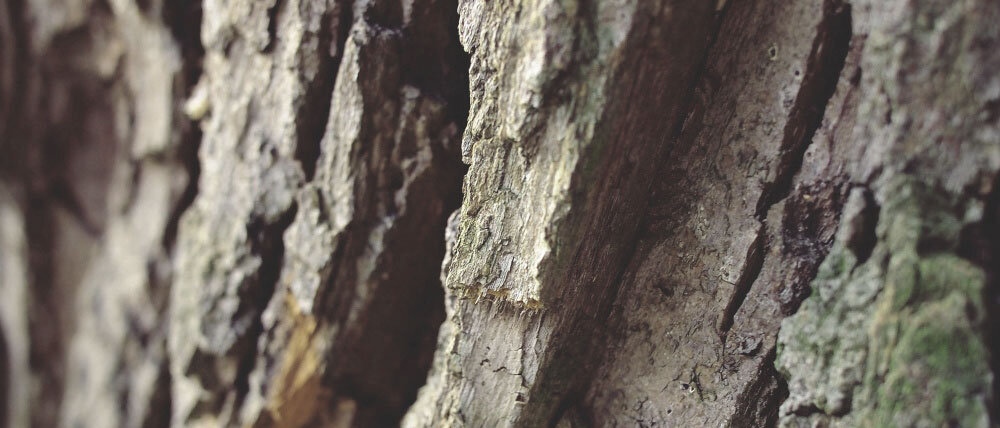
Jane Hirshfield
Artist Statement: Talking & Listening to Plants
In sixteenth-century Italy, Giuseppe Arcimboldo somehow thought to paint his implausible, now iconic linseed-oil and ground-mineral commissioned portraits out of fruits and gourds, vegetables and flowers. His subjects’ ears might be corn-ears, still a new and exotic import from the New World; their shoulders, chests, and neck-ruffs, bundled wheat sheaves. The plants these people were made from were trompe l’oeil devices first, chosen for color and shape, but the joke was better because also literal, reminding of something beyond comic wit: these were food plants, which would have been eaten. We are plant-humans, indeed.
The Japanese painter Ito Jakuchu’s eighteenth-century “Vegetable Parinirvana” depicts the historical Buddha on his deathbed as a large, calm daikon, surrounded by disciple turnips, gourds, persimmons, and eggplants. In 650 BCE, Sappho’s desire changed her human body to a wind-shaken oak on a hillside in Greece. We recognize our inseparability from plants in every form of our lives’ understanding. On the last day of the world, the American poet W.S. Merwin wrote, he would plant a tree. For the Palestinian Mahmoud Darwish, a broken cypress only itself, abruptly fallen across a village road, held all that could not be conceived of, spoken, explained.
When I was a child, I used to wonder when the peanut butter and jelly sandwich I’d just eaten would stop being peanut butter, jelly, and bread, and start being me. Now, nearer the other end of my life, it’s I who want to know myself more as they are. To recognize how much I myself might offer Marvel’s slow-growing vegetable love as my own steadfast vow to this earth.
The plant and human worlds share hopes, share debts: to sun, rain, minerals, gravity, physics, molecules, cells’ protean alchemy of ribonucleic acids. To our unbreakable connection to this one small blue planet. To each other.
When a friend long ago was dying of HIV-AIDS, another friend visited, saying he’d come to say good-bye. “Oh,” my friend replied from his bed, “Are you going somewhere?” Amid drought, flood, fire, clear-cuts, uprootings, extractions, that answering question stays for me true: we sit under dappled leaves and eat a sandwich among steadfast friends, each part of one shared-fate “we.” Wild peas and bunch grasses, algae, horsetails, northern spruces, southern blue gums, teak trees, olives, palms. The feet of plants and our own equally earth-touching. Vines rise quickly, children run for no reason but the sheer joy of running, roots and mosses slowly turn rock into soil. Plants and people both migrate, find new shapes, new homes, new modes of pollination, new lives. And still, here we are. There is nowhere to go. There never has been anywhere to go.
Photo credit: Nick Rosza
JANE HIRSHFIELD is one of American poetry's central spokespersons for concerns of the biosphere. A former Chancellor of the Academy of American Poets, she is the author of nine collections of poetry, including Ledger (2020), The Beauty (2015), long-listed for the National Book Award, and Given Sugar, Given Salt (2001), a finalist for the National Book Critics Circle Award. Other honors include fellowships from the Guggenheim and Rockefeller foundations and the National Endowment for the Arts. Her work appears in The New Yorker, The Atlantic, The New York Times, and ten editions of Best American Poetry. In 2019, she was elected into the American Academy of Arts & Sciences.



